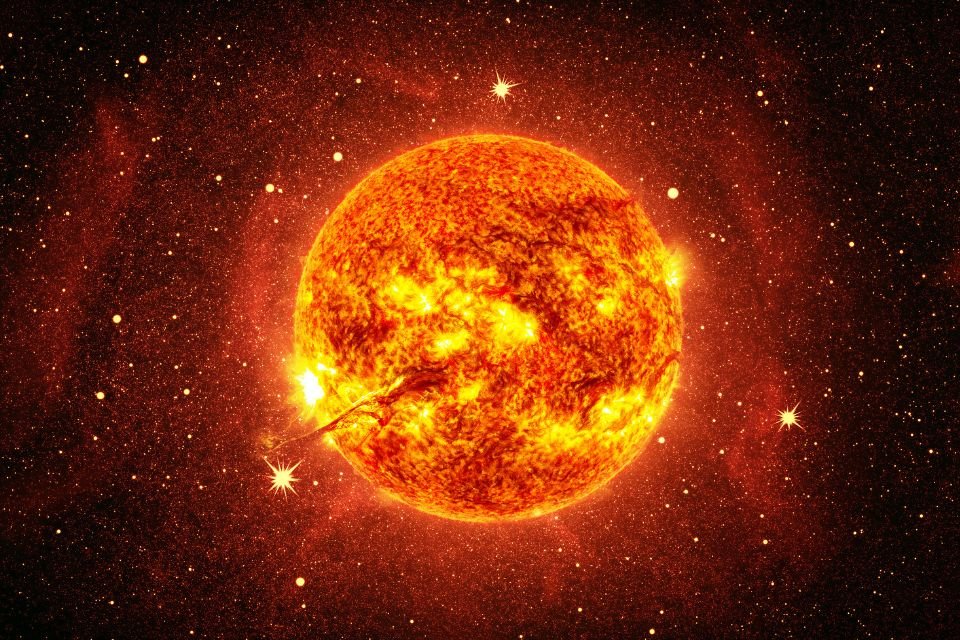According to a study by the University of Northumbria in England, ‘Meteor’ detected in Sun’s atmosphere; They fall like a shower of shooting stars that can be seen in Earth’s atmosphere. Scientists believe the new data could help better understand the Sun’s atmosphere.
According to research accepted in the scientific journal Astronomy & Astrophysics and published in the preprint journal ArXiv, ‘meteors’ are balls of plasma emitting hot gas and falling on the Sun’s surface at speeds of up to 150 kilometers per second. The event was recorded during a phenomenon known as coronal rain, which is characterized by huge deposits of plasma or electrified gas released into the Sun’s atmosphere.
The study used data collected by the European Space Agency’s (ESA) Solar Orbiter (SolO) observation satellite and was able to identify high-resolution signals from these plasma clusters. As the study explains, The plasma balls are about 250 kilometers in diameter and fall directly on the star’s surface.. The research was published during the National Astronomical Meeting of the Royal Astronomical Society in England.
According to Northumbria University solar physicist Patrick Antolin, coronal showers obey the same laws of physics as meteor showers on Earth. That is, when balls of plasma fall on the surface of the Sun, they cause a significant increase in the temperature of the atmosphere, up to one million degrees Celsius. These warmer areas can remain at high temperatures for several minutes.
Meteors in the Sun’s Atmosphere
One of the biggest differences is that plasma balls don’t go through the evaporation process like meteorites that fall to Earth do. Well, It is possible for most of the plasma balls to reach the sun’s surface intact, creating a glow and temperature rise during the fall.
The study also points out that these balls move in cycles of the Sun’s magnetic field, preventing the plasma from forming a meteor-like tail. In any case, scientists argue that it is necessary to continue studying the subject to better understand the mysteries of the sun, but they point out that the study represents a big step forward for solar physics.
“The Solar Orbiter (SolO) orbits close enough to the Sun to detect small-scale events occurring within the corona, such as the coronal rain effect, and provides us with valuable indirect research that is crucial to understanding the composition of the coronal environment and thermodynamics,” said Antolin. .
Source: Tec Mundo
I’m Blaine Morgan, an experienced journalist and writer with over 8 years of experience in the tech industry. My expertise lies in writing about technology news and trends, covering everything from cutting-edge gadgets to emerging software developments. I’ve written for several leading publications including Gadget Onus where I am an author.












